
The mission of the Capitol Theatre Committee is to curate dynamic programming, foster community access, and perpetuate the Theatre’s historical and cultural legacy.
365 days a year of cultural expression.
Originally built in 1920, The Capitol Theatre has been serving the community for nearly a century. Just after being purchased by the City of Yakima in 1975, much of the Capitol burned to the ground in a tragic fire, leaving little more than a smoldering facade. The newly formed nonprofit, Capitol Theatre Committee, led fundraising efforts to restore the Theatre to its original glory. It reopened in 1978.
Today, the Capitol Theatre Committee programs, manages, and maintains the City-owned Theatre facilities. Annually, the CTC presents and/or hosts an average of 175 events sponsored by 65 separate community and for-profit promoters.
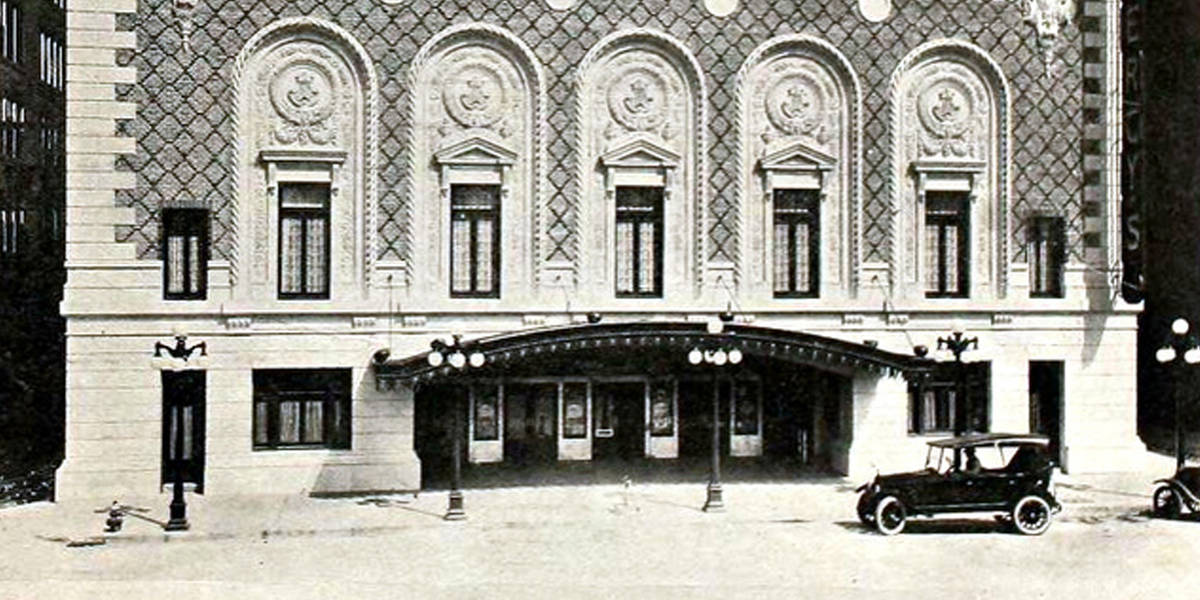
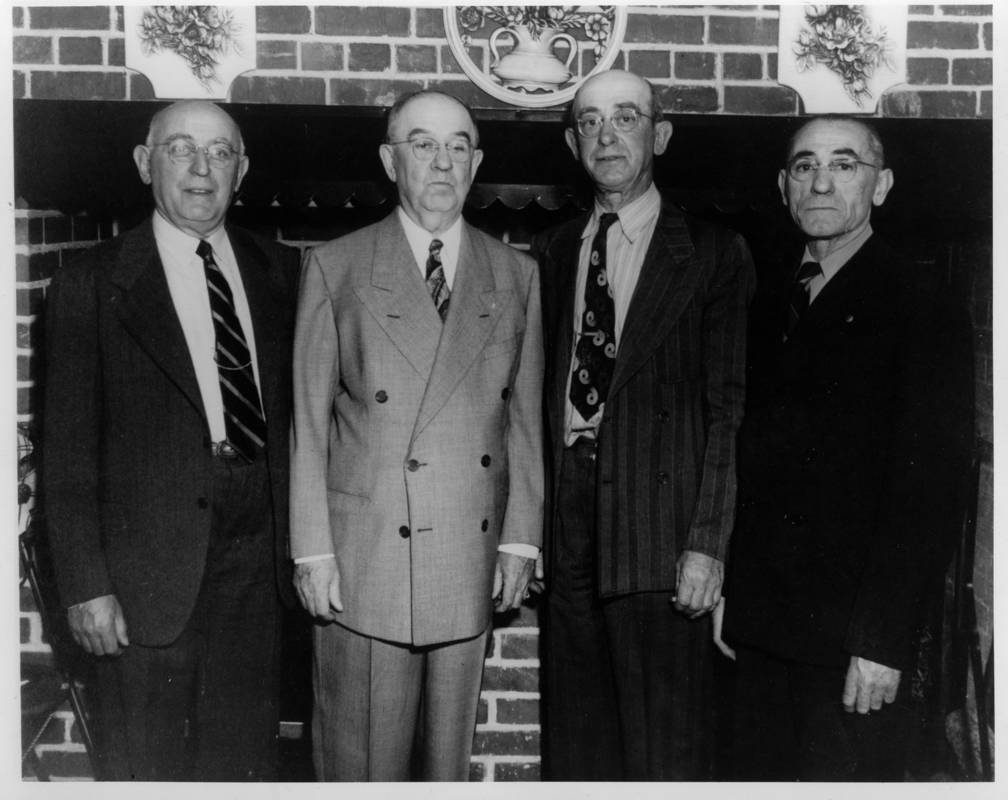
The Capitol Theatre's long history began over ninety years ago with Frederick Mercy, Sr.'s vision of a grand vaudeville theatre located in downtown Yakima.
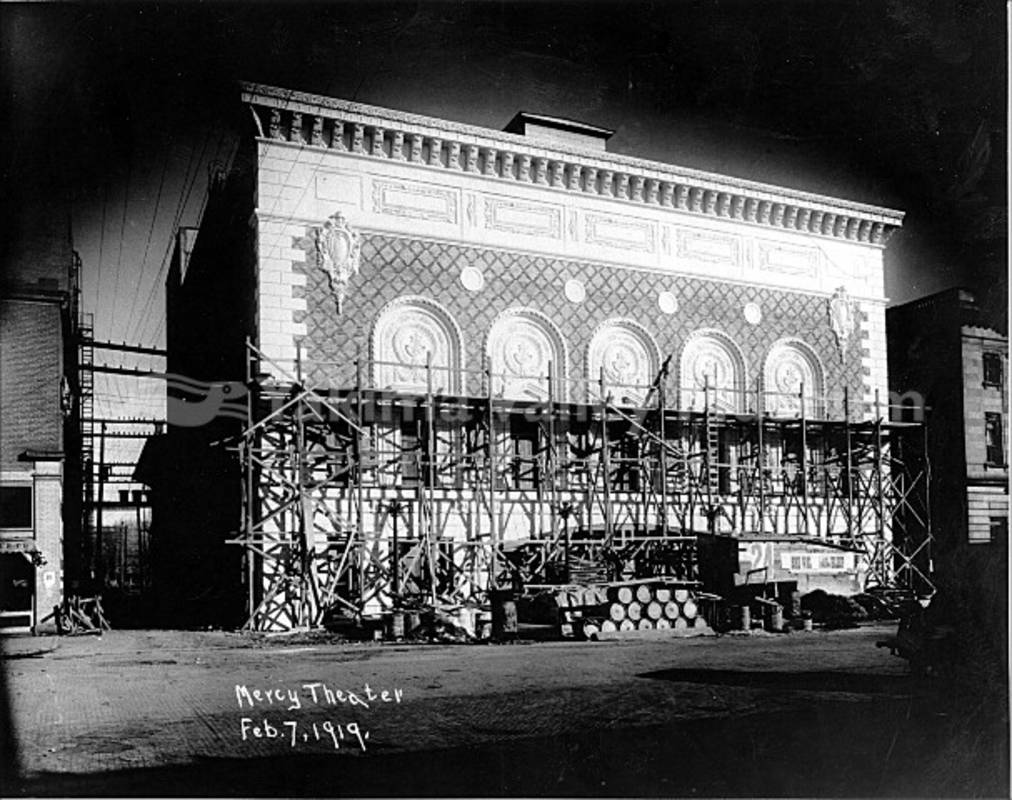
Construction on his dream project began in 1919. He commissioned renowned theatre architect B. Marcus Pretica, the architect of choice for the great vaudeville impresario Alexander Pantages, to construct his theatre. Another Pantages favorite, A. B. (Tony) Heinsbergen, was hired to create the decorative murals that graced the theatre's interior. The April 5, 1920 opening performance of Maytime brought audiences in droves to see Yakima's showcase. At that time, the Mercy Theatre was the largest theatre in the Pacific Northwest. One year later, the name officially changed to The Capitol Theatre.
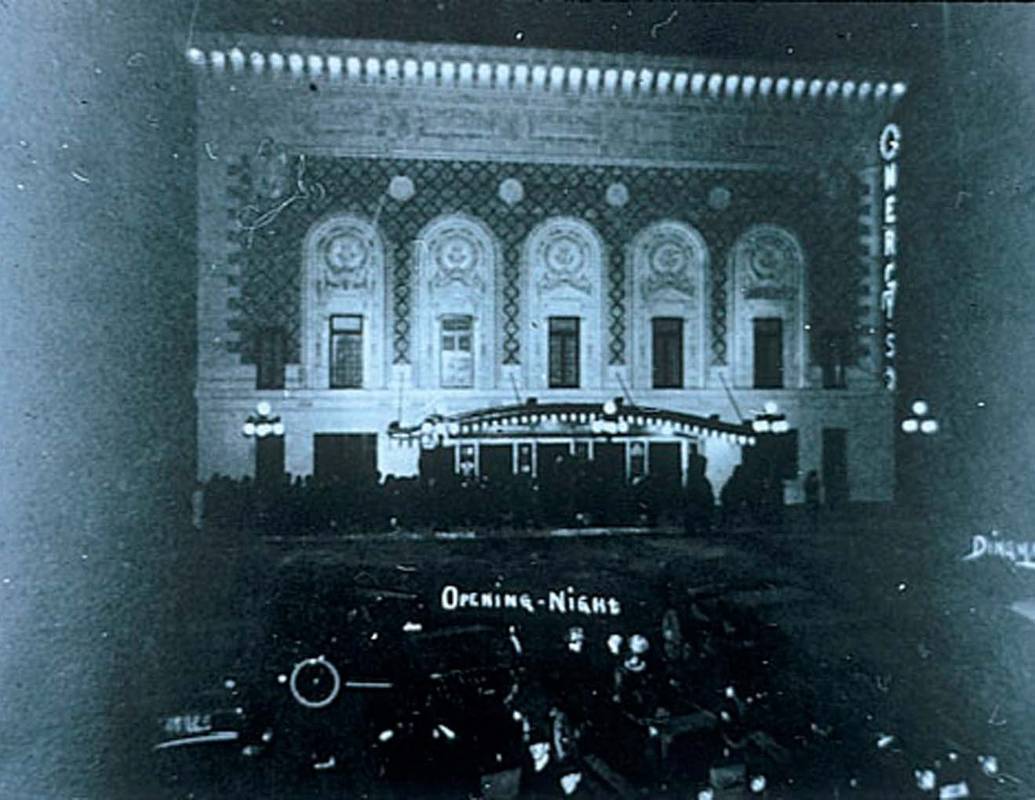
The April 5, 1920 opening performance of Maytime brought audiences in droves to see Yakima's showcase. At that time, the Mercy Theatre was the largest theatre in the Pacific Northwest. One year later, the name officially changed to The Capitol Theatre.
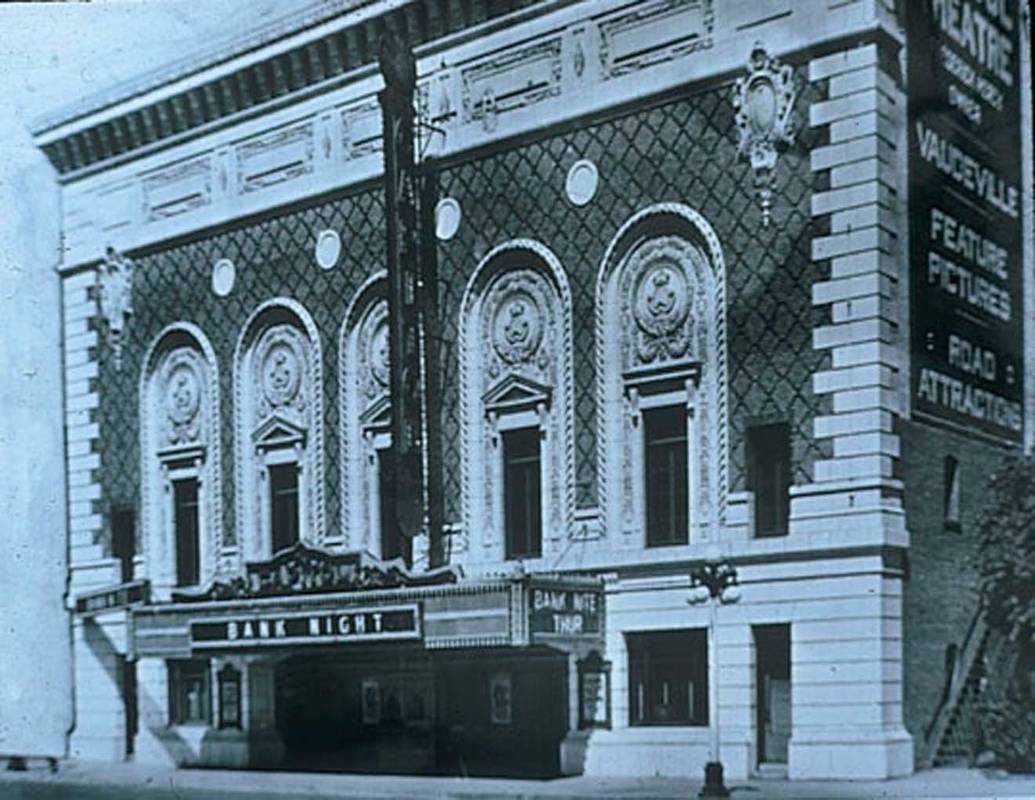
As interest in motion pictures increased, vaudeville slowly died. The Capitol Theatre went the direction of theatres across the country; opening as a vaudeville house, moving to a combination of vaudeville and movies, becoming a movie theatre, and slowly turning into a shabby shell of its former glory. By the early 1970s, the Mercy family was looking to sell the historic building. Concerned that it may be razed for another parking lot, the Allied Arts Council and local citizens convinced the City of Yakima to purchase the building for a complete restoration, for use as a community arts center. The building was placed on the National Register of Historic Sites and the sale moved forward.
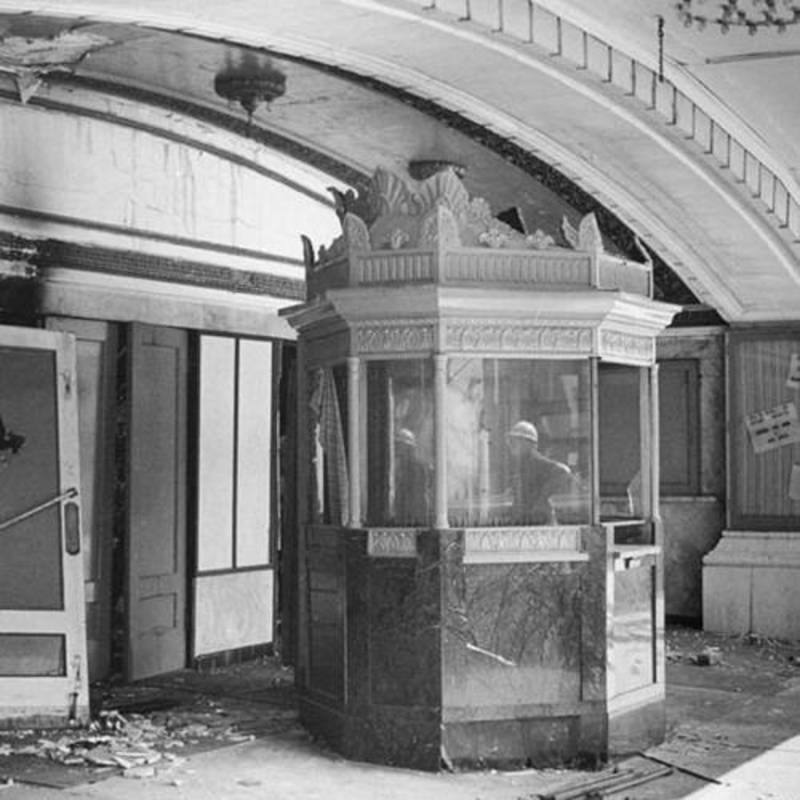
On a hot, summer evening in August (1975), just days after the sale was completed, tragedy struck. An electrical short sparked a fire that raced through the Theatre's interior, destroying everything but the stage house, fly gallery, basement, dressing rooms, steel balcony supporters and most of the façade. In a matter of hours, Central Washington's only performing arts facility-and a precious part of its cultural heritage-was gone.
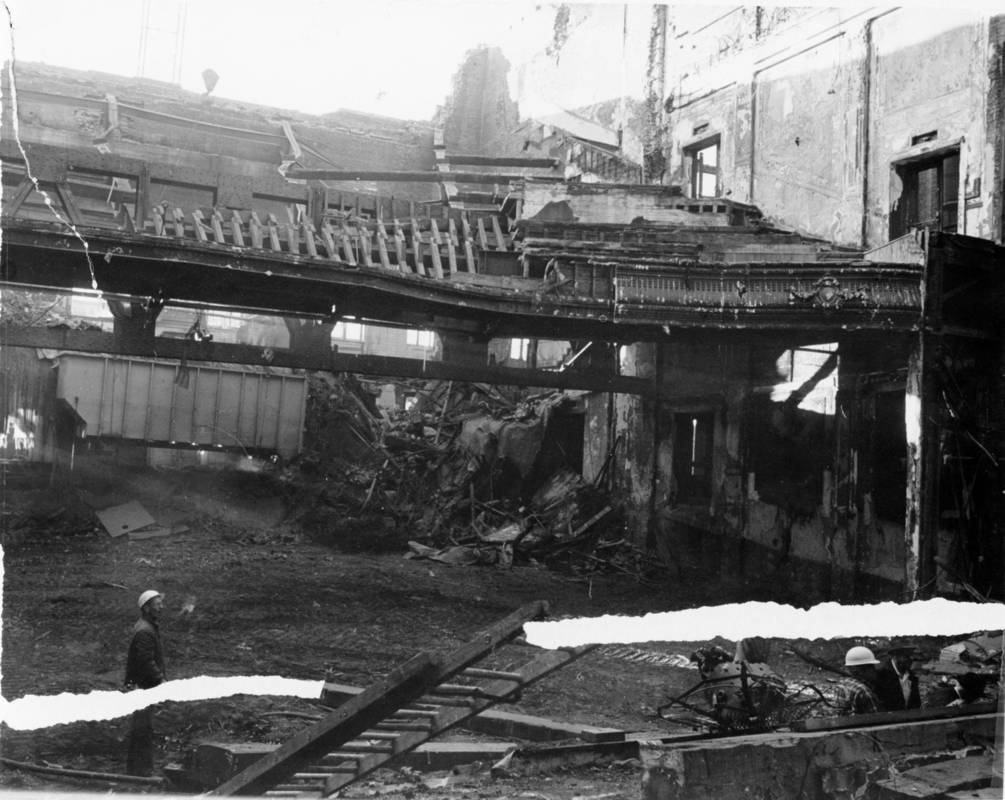
Talk of restoration began even before the smoke from the smoldering embers died. The actions of architect Bill Paddock represented the commitment of the community. He was found sifting through the rubble of the still smoking ruins searching for salvageable remains. When confronted, he held up two broken terracotta pieces from the façade and said, "We'll need these to restore the theatre."
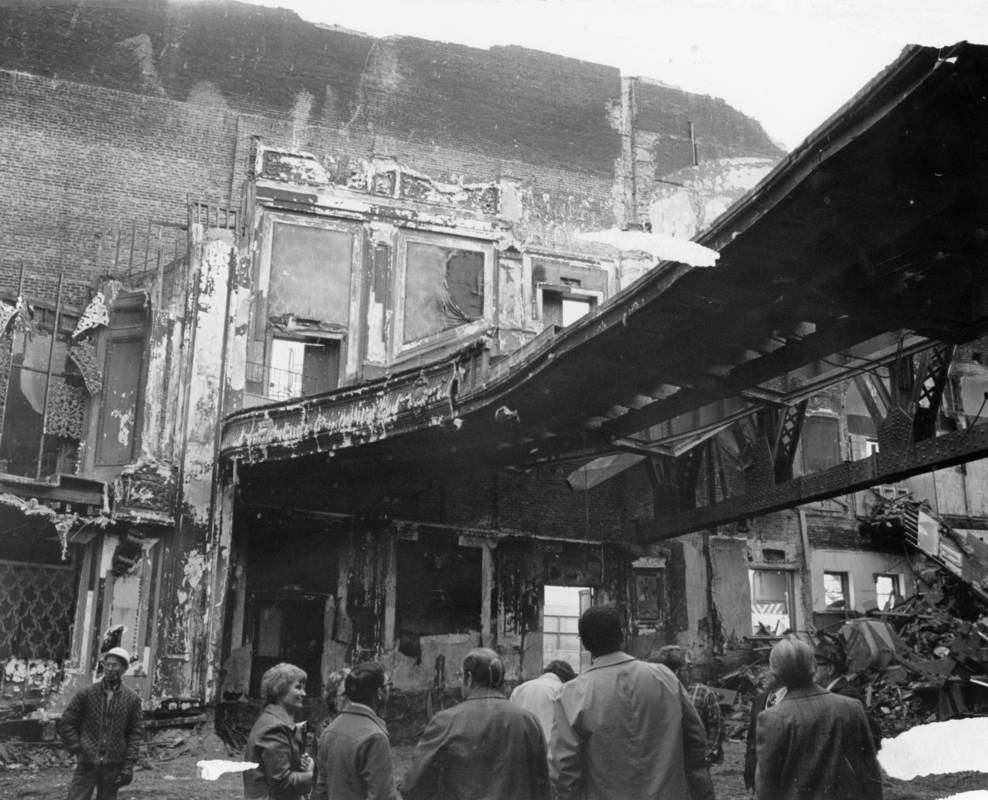
Rebuilding the theatre was a rallying point for the people of Yakima. A non-profit group called the Capitol Theatre Committee was formed, and raised over $700,000 in local contributions. Additional funds from the City, grants, and an insurance settlement allowed for a complete restoration coinciding with the rebuilding of the Theatre.
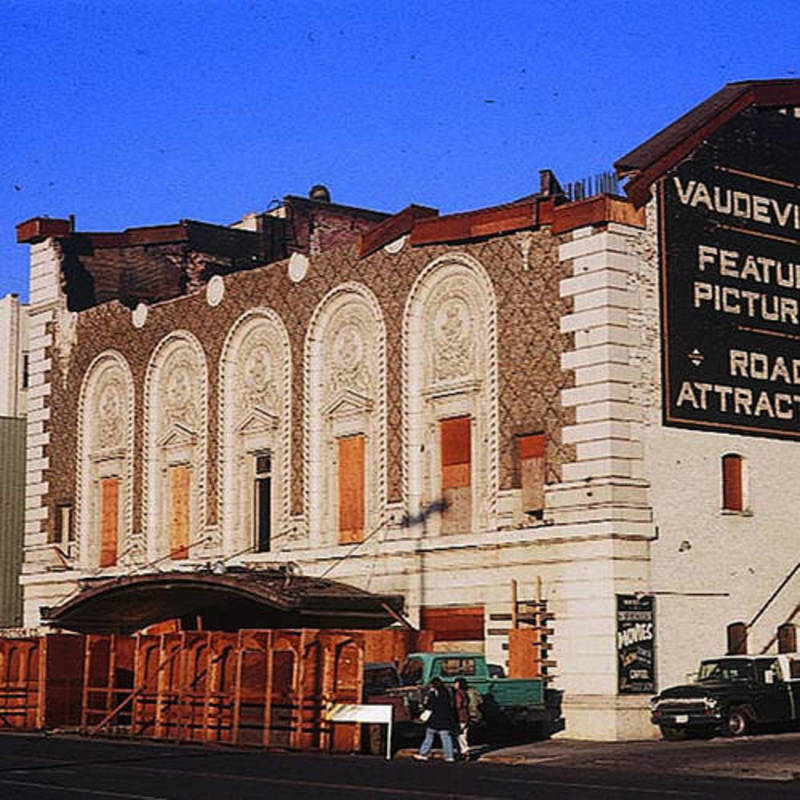
The Capitol Theatre's reconstruction brought together the best of its grand old style with newly constructed necessities. These included the excavation of the basement to make room for administrative offices, rest rooms and a community facility called the Robertson Room. Historical duplicates of the Theatre's ornamentation were created in fiberglass using molds cast from other theatres created by Pretica. When this wasn't possible, new models were constructed from pictures taken for the historical registration process.
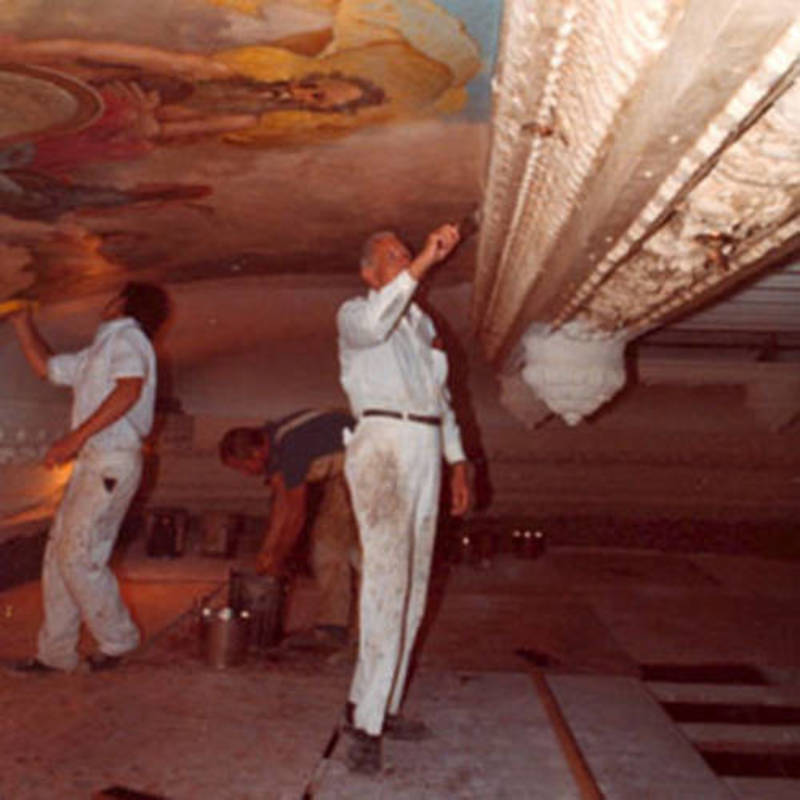
The restoration efforts truly came full circle when Heinsbergen came out of retirement to once again paint the theatre's ceiling mural. Not content to simply reconstruct his initial work, he set out to create his greatest masterpiece. At 83 he painted the murals on canvas in his California studios and accompanied them to the Theatre where he retouched the seams. The Capitol Theatre had been one of his first creations and sadly his last. Heinsbergen passed away shortly thereafter.
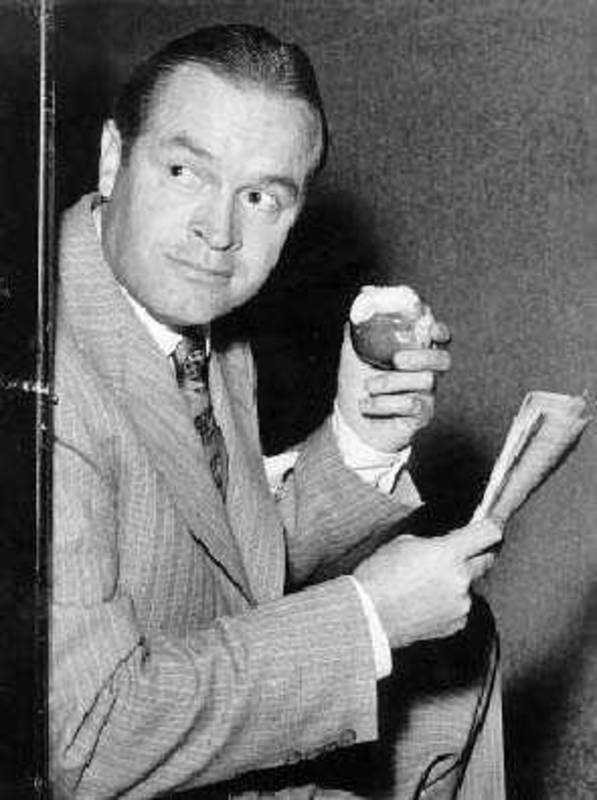
On November 4, 1978, just 733 days from the start of the reconstruction, a completely restored Capitol Theatre opened its doors. Governor Dixie Lee Ray and local dignitaries dedicated the theatre to the "continued vitality of the performing arts in Yakima." The air was filled with the familiar strains of "Thanks for the Memories" as Bob Hope entertained the sold-out crowd. It was the start of a "Brand New Life for a Grand Old Lady."
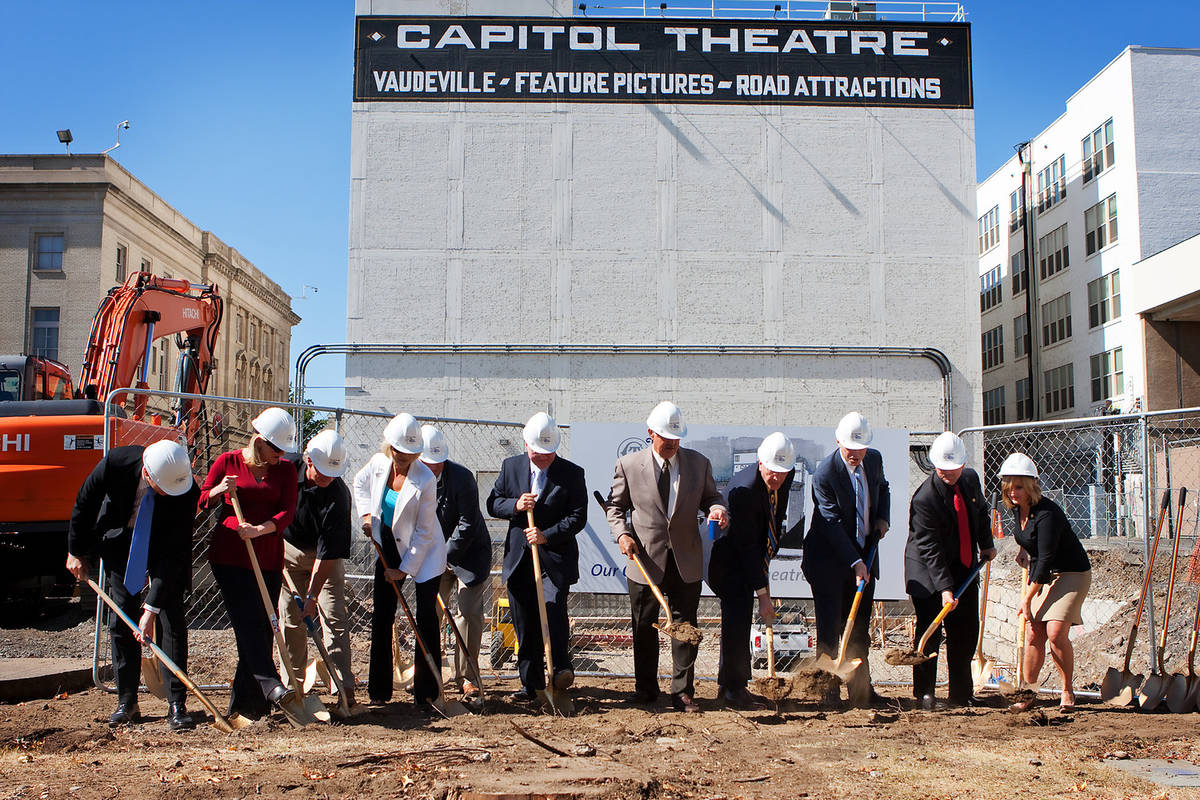
On September 8th, 2009 the Capitol Theatre Committee and the City of Yakima broke ground on the new production center and black box theatre.
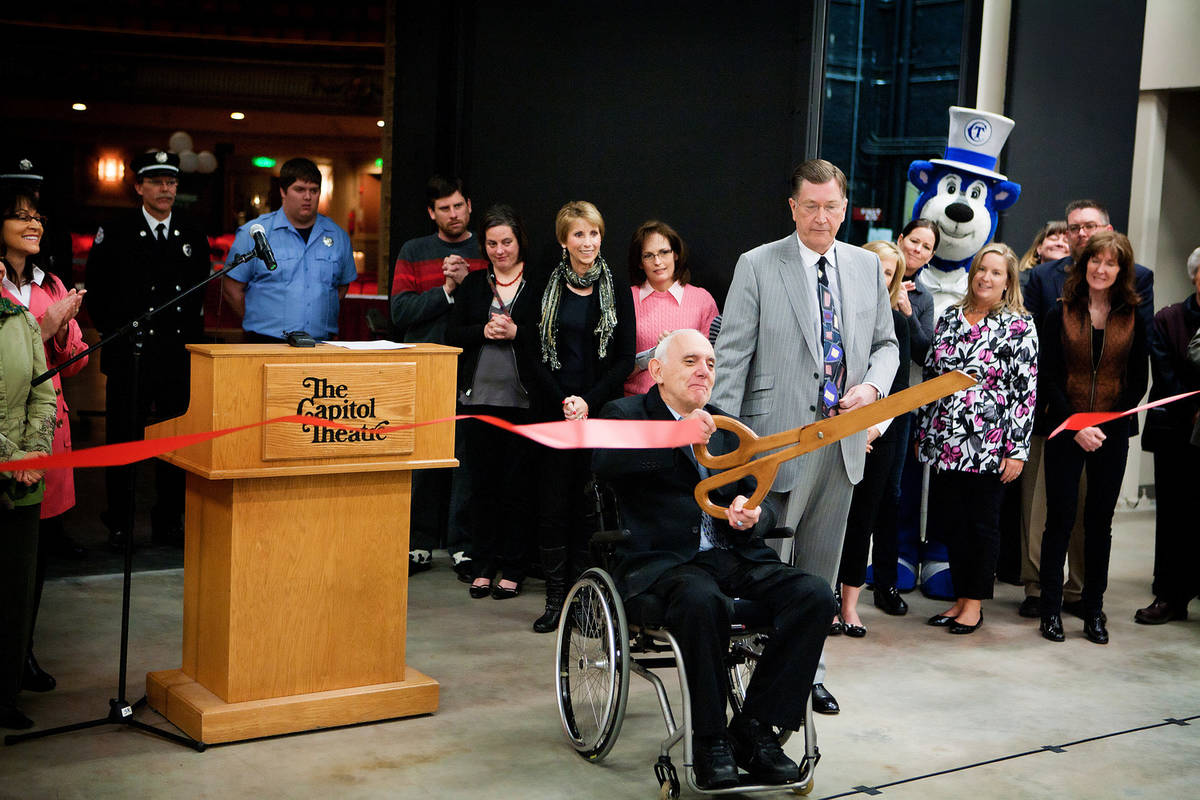
On Friday April 15th, 2011 the Capitol Theatre celebrated to grand opening of the 4th Street Theatre and new production center. Cutting the ribbon was special guest, Jack Lambert, a fireman injured in the 1975 blaze that nearly destroyed the theatre.
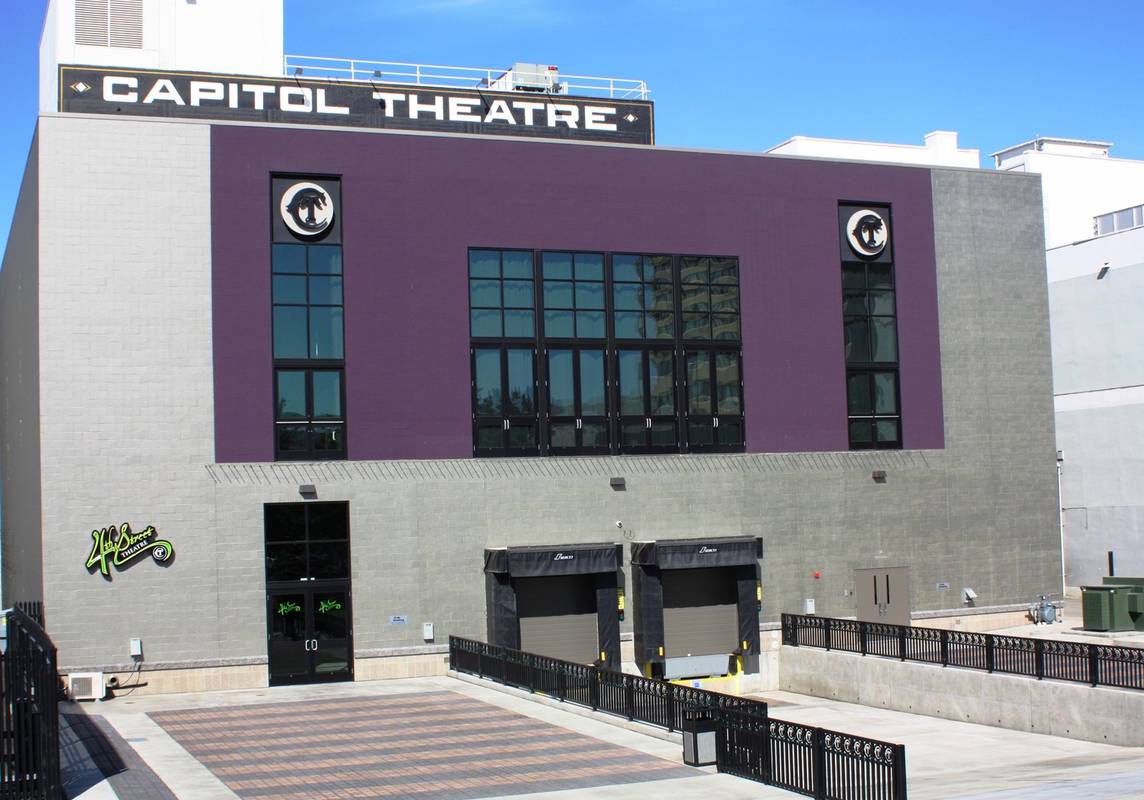
The Capitol Theatre remains a testament to the community's dedication to its past and the arts. The stage is home to the productions of numerous local organizations such as the Yakima Symphony Orchestra, Town Hall and community concerts. We're looking forward to many more years of service to our community.